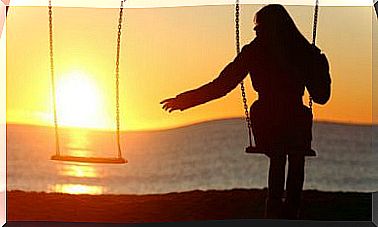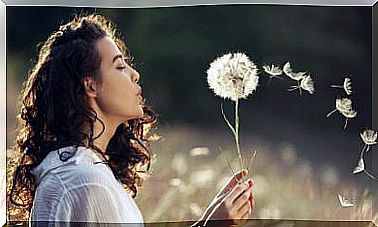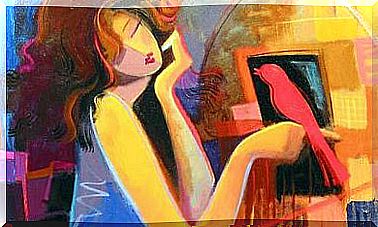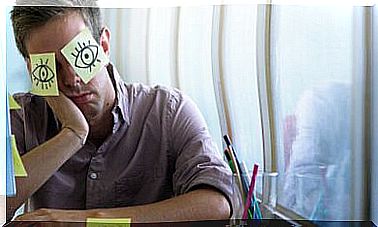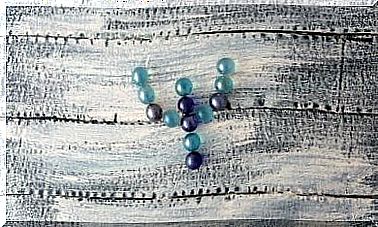Mirror Writing: Causes And Solutions
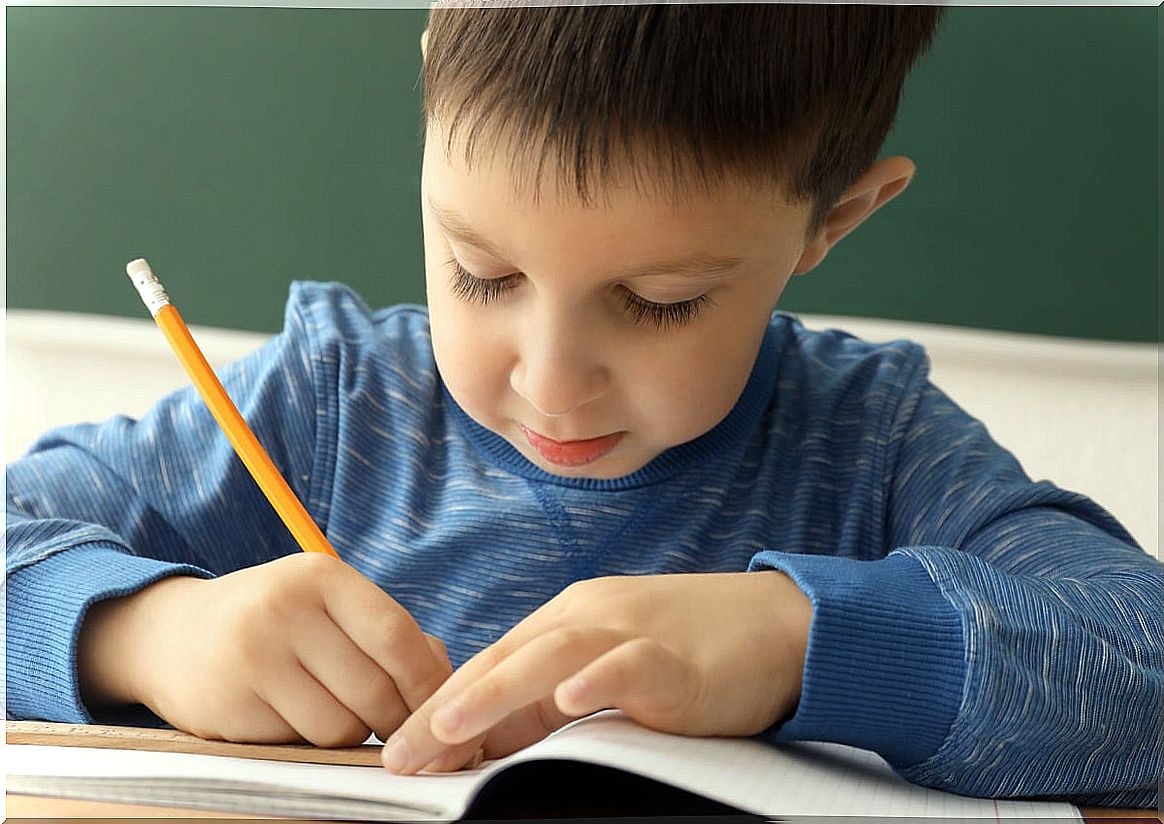
The so-called mirror or specular writing refers to what a person (particularly children) does when writing characters (letters or numbers) in an inverted way, as if they were reflected in a mirror. So when you want to write a “d”, you write a “b”.
During years of research, the hypothesis that this difficulty was present only in left-handed children had been accepted as valid. However, today we know that the reasons for mirror writing are cognitive and behavioral in nature.
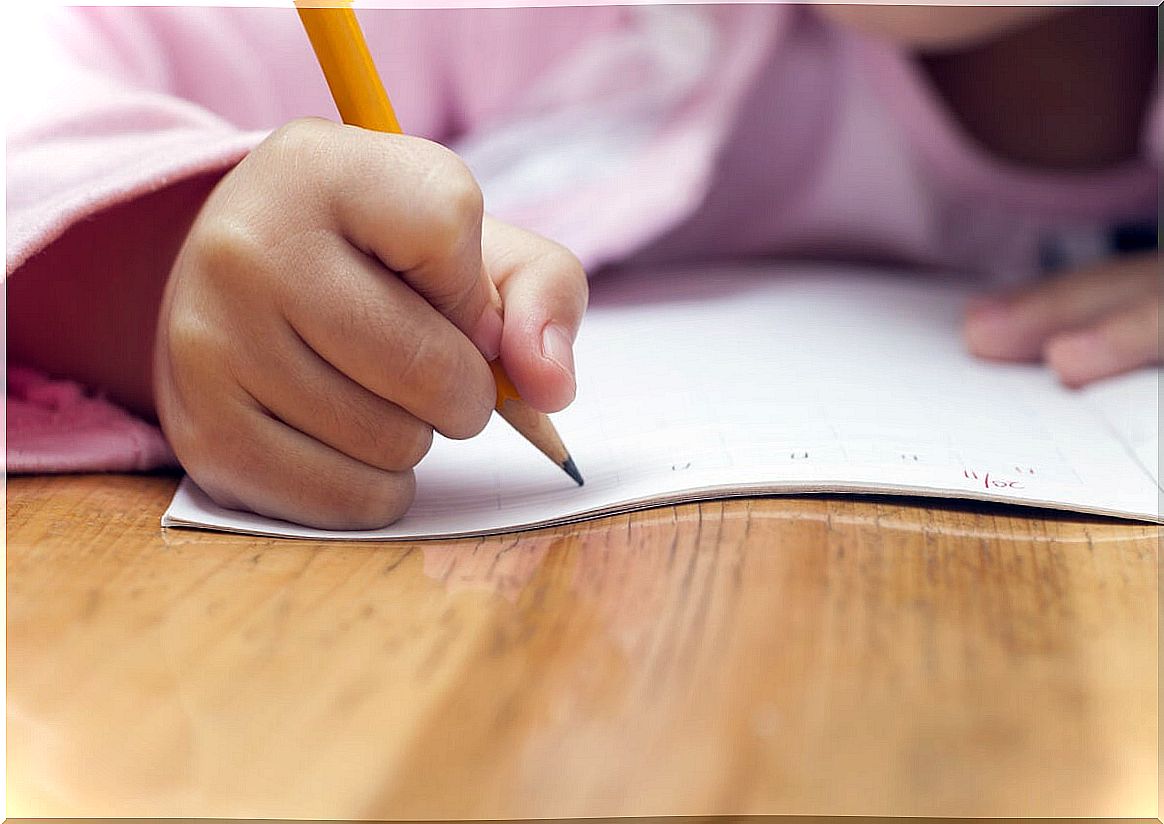
Cognitive causes of mirror writing
Fischer and Koch assure that the origin of this difficulty can be found in the so-called symmetrization or mirror generalization. This process is responsible for people being able to recognize an object regardless of its orientation.
This symmetrization helps us identify an object that is oriented to the left just as quickly as if it were oriented to the right. This is really useful to learn to distinguish faces regardless of which side they are looking at.
However, according to these authors, it has also been discovered that when it records images, the brain removes information about the orientation (left or right) of those images. This makes the little ones learn the shape of letters and numbers through memory, but not their orientation.
Behavioral causes of mirror writing
Another cause that can be attributed to mirror writing is more of a behavioral tinge and is related to the culture in which children develop linguistically. As we have already explained, children memorize the shape of characters, but not their orientation. However, when writing them, they have to give them some guidance.
In countries where languages are written from left to right, children often point to the right. This causes the characters that invert to be oriented to the left (J, 7, 9…).
Thus, current research allows us to know that when children who tend to invert numbers and letters and look to the left (1, 3, J, Z …), the probability that they do so is reduced. In contrast, in countries whose language is written from right to left, the opposite occurs. Children tend to reverse the characters oriented to the right (C, D, 6…).
Other causes
Beyond these causes that can be found at the origin of this difficulty, there are others that can explain mirror writing. Among them, memory problems (consolidation and retrieval of information), perception, attention, visual or acquisition of laterality. Likewise, it is considered that it may be a sign of a writing or language problem.
However, it must be taken into account that mirror writing does not appear in all children nor does it do it systematically. It can be one more process in the learning of literacy and take it as such. With a little parental support, it can be done. However, if the problem persists, it is advisable to go to a professional so that neurological causes can be ruled out.
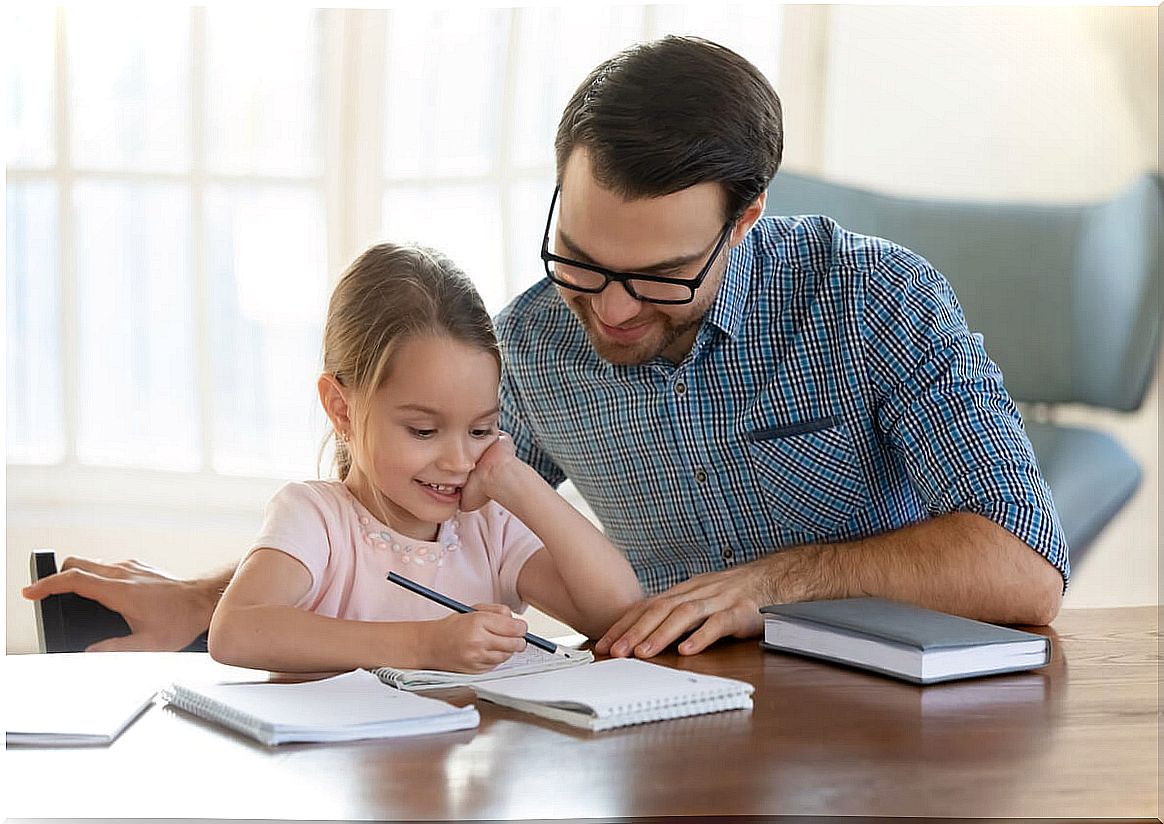
Mirror Writing Solutions
Mirror writing can be horizontal (characters rotated about their horizontal axis) or vertical (characters rotated about their vertical axis). Regardless of the type of rotation, these activities can help address the problem. At first, it is necessary for the child to develop his laterality, visual-motor coordination and his spatio-temporal organization. For example, throwing balls with both hands, playing “English hide and seek”, imitating movements of animals or objects, making turns, loops, shapes with the body …
The multisensory approach is one of the most comprehensive in the mirror writing approach. It allows the child to integrate the spelling, the shape of each character, as well as its orientation through the use of its multiple senses.
To do this, we could write a letter or number on the ground with a large chalk. Ask him to track it with his eyes first. Then have him imitate it with his hand. And then let him walk through the letter. Dotting and coloring hollow characters can also be helpful. And, of course, supervise and do modeling, with patience. Likewise, provide the child with visual aids and mnemonic-perceptual tricks to facilitate the task (“to do one, first you have to put the pencil a little to the left and go up”).
If the mirror writing takes too long or you think there may be an underlying cause, do not hesitate to go to a specialist. He will be able to do a rigorous evaluation of the case and plan a successful intervention that ends the problem.
